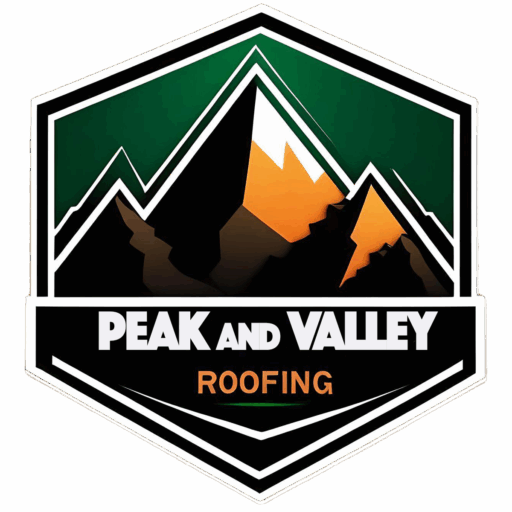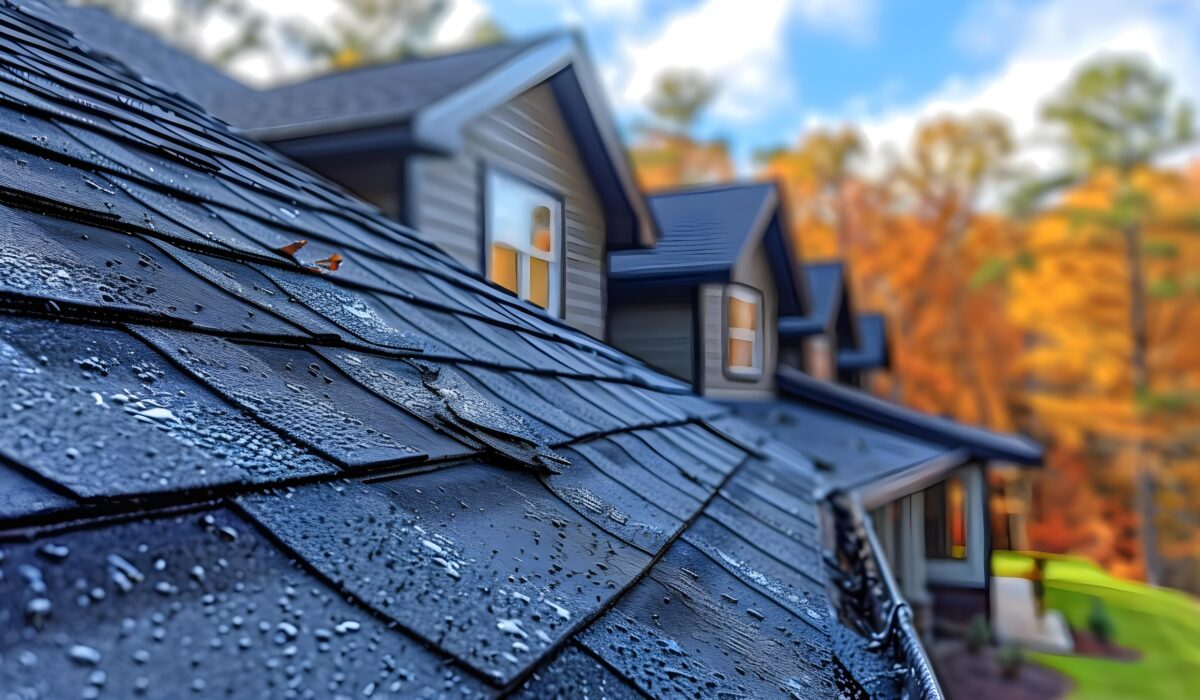It was just a small drip in the hallway ceiling—nothing alarming at first. But for Mike and Sarah, homeowners in Rocky River, that tiny leak turned into a major roof replacement by the end of the winter. Between lake-effect snow, heavy spring rains, and a few surprise windstorms, their roof simply couldn’t keep up.
If you’re a homeowner in Northeast Ohio, you already know our roofs take a beating. Ice dams, heavy snow loads, and sudden thaws can shorten a roof’s lifespan dramatically. But how do you know when it’s time to replace your roof—and not just patch it?
Here are 7 warning signs you can’t afford to ignore.
1. Curled, Cracked, or Missing Shingles
Start by looking up. If your shingles are curling at the edges, cracked, or have simply gone missing after a windstorm, it’s a sure sign your roof is vulnerable. Shingles act like armor—once compromised, your underlayment and decking are exposed.
Cleveland Tip: High winds off Lake Erie frequently pull up older shingles. Don’t wait for spring to assess the damage.
2. Water Stains on Your Ceiling or Walls
Brown or yellow water stains inside your home could mean water is getting in through your roof—and spreading silently. It may show up near ceiling vents or along exterior walls.
What to Do: If the stains are growing or reappearing after every snowmelt or rainstorm, it’s time to have a pro inspect your roof.
3. Sagging Rooflines or Uneven Surfaces
A sagging spot in your roof could point to structural issues caused by rot or water saturation. This is more than cosmetic—it’s a red flag that your roof deck may be failing.
Local Insight: Heavy snow accumulation can add thousands of pounds of pressure. Northeast Ohio homes with older rafters or decking are especially susceptible.
4. Granules in the Gutters or Downspouts
Those little black specs you find in your gutters? They’re protective granules from asphalt shingles. As shingles age, they shed these granules, leaving them exposed to UV rays and faster deterioration.
Why It Matters: Granule loss is like your shingles getting sunburned—they’ll fail quicker, especially after Cleveland’s freeze-thaw cycles.
5. Ice Dams and Icicle Build-Up
Ice dams form when snow melts on a warm roof and refreezes near the eaves. They’re not only dangerous but also a sign of poor insulation or ventilation—both of which can damage your roof long-term.
Watch For: Large icicles hanging from your gutters or thick ridges of ice near your roof edge.
6. Moss, Mold, or Algae Growth
If you see green or black streaks on your roof, that’s likely mold, mildew, or algae—and it’s feeding off moisture trapped in or under your shingles. This can lead to rot and compromised roofing materials.
Bonus Tip: Northeast Ohio’s humidity, combined with shady spots, makes mold growth common. Regular roof cleanings help, but don’t ignore large patches.
7. Your Roof Is Over 20 Years Old
Most asphalt roofs last 20 to 25 years—less if you’ve had major storms, ice damage, or poor installation. If your roof is older and showing even minor signs of wear, it’s smart to start planning for a replacement.
Cleveland Pro Tip: The older your roof, the more susceptible it is to sudden damage from snow loads and high wind gusts. Be proactive.
Don’t Wait Until the Next Storm Hits
If you’ve spotted any of these warning signs—or you’re just unsure about the state of your roof—now is the time to act. Cleveland’s weather won’t wait, and neither should you.
✅ Free, No-Pressure Roof Inspections
✅ Locally Owned & Trusted in Northeast Ohio
✅ Fast Scheduling

